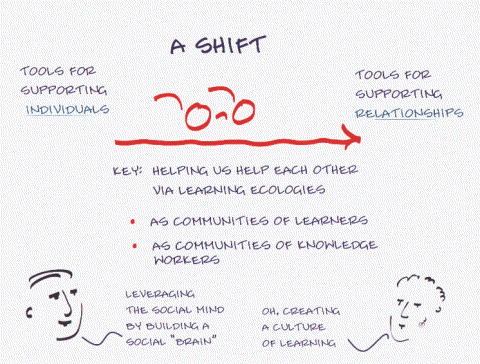Reaction: Portraits of Burn Survivors
By ekorenSeptember 13, 2017 - 20:51

After listening to to Riva Lehrer's TED talk, I consciously attempted to suspend my feelings of pity when I viewed our assigned photos. I first chose to look at Doug Auld's burn portraits of burn victims, and my initial attempts to avoid pity immediately descended into failure. Guiltily, I found myself only able to see the portrait's subjects as victims of tragedy, and I desperately searched for ways to see the subjects as something outside of their physical appearance. As I continued to scroll through the gallery, however, I felt a shift in my nascent feelings; upon reflecting on the purpose of our earlier readings, I began to wonder if my ability to view the subjects without pity actually required my acknowldegment of their tragedy.






 Based on a tape transcription of a talk at the 1999 Conference on Higher Education of the
Based on a tape transcription of a talk at the 1999 Conference on Higher Education of the